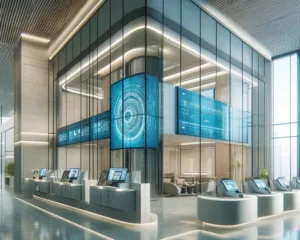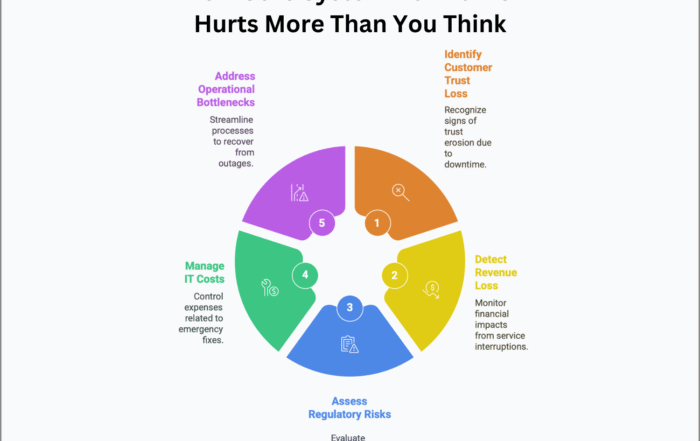
Exploring the vital role of core banking architecture in modern banking, highlighting its components, interactions, and importance in ensuring security, efficiency, and scalability in the financial sector.
Imagine you’re building a skyscraper. The core banking architecture is the steel frame that holds everything together, ensuring stability and security. In this article, we’ll delve into the world of core banking architecture and technology. We’ll explore its components, how they interact, and why it’s crucial for the modern banking ecosystem. So, grab a cup of coffee, and let’s embark on this journey together!
Understanding Core Banking Architecture
Core banking is the heart of banking operations, enabling banks to offer a multitude of services to their customers. It’s like the central nervous system of a bank, connecting various branches and allowing them to function as a single entity.
The Components of Core Banking Architecture
1. Database: The backbone, storing all the critical information.
2. Application Server: The brain, processing all the transactions and requests.
3. User Interface: The face, allowing customers and employees to interact with the system.
How Do They Interact?
Imagine a customer wants to withdraw money from an ATM. The user interface takes the request, the application server processes it, and the database confirms the account balance. It’s a symphony of components working in perfect harmony!
Navigating Core Banking Transformations
The banking sector is evolving rapidly, and so is core banking technology. It’s like upgrading from a flip phone to a smartphone. Banks must embrace these changes to stay competitive and meet customer expectations.
Overcoming Challenges
Transforming core banking systems is no walk in the park. It’s like trying to change the tires of a car while it’s moving. Banks must navigate complexities, ensure data security, and manage customer expectations during the transition.
A Global Perspective
Core banking transformations are not just a local phenomenon. They are happening worldwide, from the bustling streets of New York to the serene landscapes of New Zealand. It’s a global movement towards a more efficient and interconnected banking ecosystem.
The Importance of Core Banking Architecture
In the world of banking, security is paramount. Core banking architecture ensures that customer data is safeguarded and transactions are secure. It’s like having a vault within a vault, providing an extra layer of protection.
Efficiency and Scalability
With core banking architecture, banks can process transactions faster and more efficiently. It’s like upgrading from a bicycle to a sports car. Additionally, it allows banks to scale their operations, catering to an ever-growing customer base.
As we look towards the future, core banking architecture will continue to play a pivotal role in the banking industry. It’s the foundation upon which banks will build their digital dreams. So, whether you’re a banking professional or just curious about the inner workings of banks, understanding core banking architecture is essential. After all, it’s not just about the technology; it’s about shaping the future of banking.
In this article, we’ve explored the fascinating world of core banking architecture and technology. From its components to its significance in the banking ecosystem, we’ve covered it all. As the banking industry continues to evolve, core banking architecture will remain at the forefront, driving innovation and ensuring stability. So, the next time you visit your bank or use online banking, remember the intricate architecture behind the scenes, making it all possible.
Found this article interesting? Check out these three related reads for more.
- Core banking architectures Monolithic vs. SOA vs. Microservices
- Boost customer experience and operational efficiency
- Next-gen business banking Adapting to modern needs with APIs
#BankingArchitechture #TechEssentialsBanking




